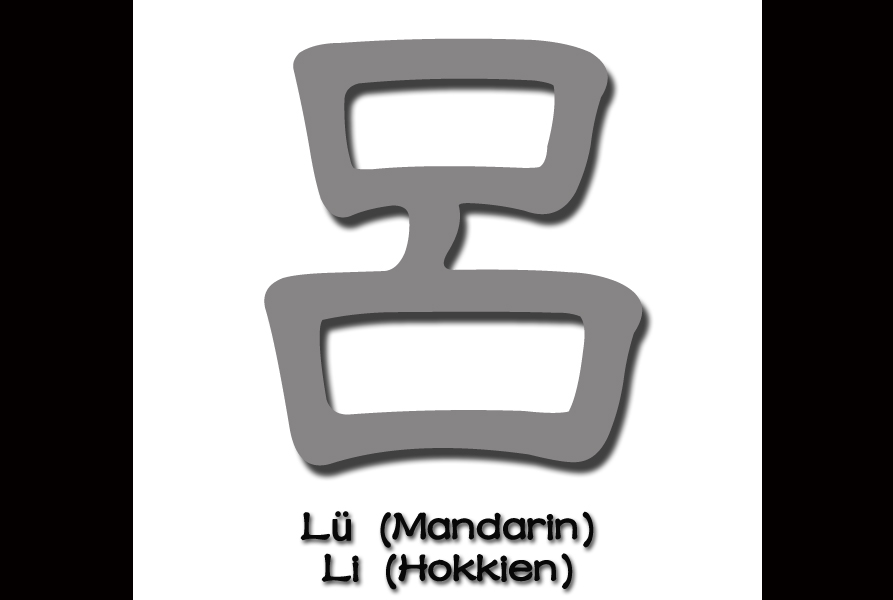First published in Tulay, Fortnightly Chinese-Filipino Digest 24, no. 11 (November 1-14, 2011): 5-6. The Chinese surname 呂, pronounced as Li in Hokkien or Lü in Mandarin, ranks 22nd among Chinese surnames in the Philippines and 43rd in China. 呂 is a very ancient surname in China. It is said that the Lü ancestor was […]
呂 (Lü, Li) in PH









